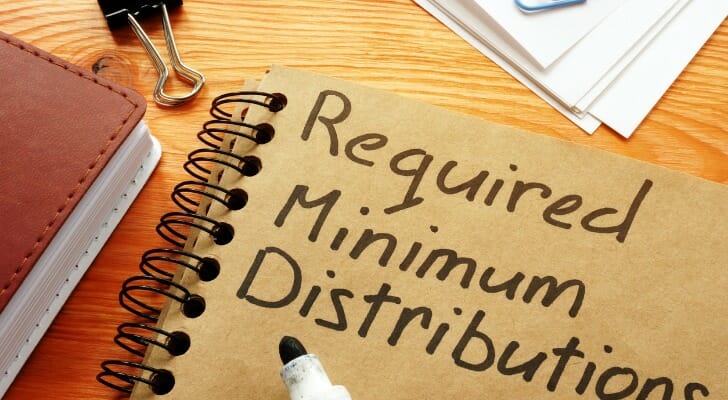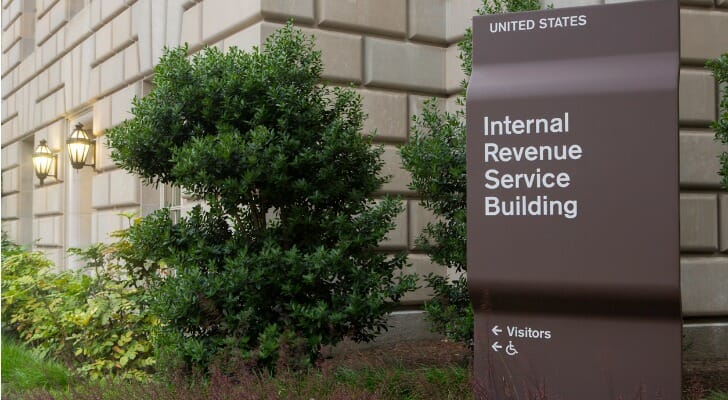The SECURE 2.0 Act ushered in a number of consequential changes designed to bolster the American retirement system, including an updated timeline for required minimum distributions (RMDs) and new rules surrounding catch-up contributions.
But the National Association of Government Defined Contribution Administrators (NAGDCA) says the law contains several provisions that could negatively impact hundreds of thousands of public sector workers enrolled in governmental retirement plans, including 401(k)s, 457(b)s and 403(b)s. The organization sent a letter to the IRS and Treasury Department on March 23 seeking clarifications on certain elements of the law and requested some special accommodations for governmental retirement plans.
A financial advisor can help you make sense of the various changes that were recently implemented as part of the SECURE 2.0 Act. Find an advisor today.
“The need for guidance on these topics is especially urgent for governmental plans because they often face complexities in local law enabling requirements, payroll systems, and administration that most private sector employers do not,” NAGDCA Executive Director Matt Petersen wrote.
Catch-Up Contribution Uncertainty

Since 2002, the IRS has permitted people age 50 and older to make extra contributions to employer-sponsored retirement plans. Currently, these catch-up contributions can be made to either traditional and Roth retirement accounts.
But starting in 2024, people who earned more than $145,000 in the previous calendar year will no longer be eligible to make catch-up contributions on a pre-tax basis. Under the SECURE 2.0 Act, these savings will be taxed before they go into a person’s retirement account, making them Roth contributions.
In its letter to the IRS and Treasury, NAGDCA said some of its members are concerned they will not be able to comply with this provision by 2024: “The implementation of this new requirement is further complicated by our understanding that a significant number of governmental plans lack any form of Roth contributions in their plan, a fact which could necessitate collective bargaining, systems, and legislative changes.”
The organization said there is a “significant risk” that governmental plans will have to retain catch-up contributions on a pre-tax basis because Roth contributions simply may not be permitted under certain state laws and/or collective bargaining agreements.
As a result, the NAGDCA formally requested that the IRS and Treasury allow governmental plans to delay implementing this requirement. If a delay cannot be granted, the organization asked the IRS to establish a low- or no-cost closing agreement program “that recognizes the good faith efforts of governmental plans to come into compliance.” Closing agreements allow plan sponsors to resolve certain tax-related issues that exist within tax-deferred retirement plans.
Issues With RMDs?

While the first SECURE Act pushed the RMD age back from 70.5 to 72, the second version of the law rolled it back even further. Under SECURE 2.0, these mandatory withdrawals now don’t kick in until a person turns 73. The RMD age will eventually rise to 75 by 2033. This allows retirees to keep more of their money invested, deferring taxes for longer.
But the new RMD age has created a potential problem for governmental retirement plans, according to NAGDCA.
“However, most recordkeeping systems continue to have delays in implementing the increase to an age 73 required beginning date, which triggers changes in rollover eligibility, rollover notices, and distribution processing,” Petersen wrote.
Plans may continue to automatically make distributions that are based on the now-defunct RMD age of 72. As a result, Petersen’s organization has asked for guidance related to notifying their participants by Sept. 30 of their right to roll over funds that are prematurely distributed.
Bottom Line
The SECURE 2.0 Act has brought forth a number of significant changes aimed to help Americans better prepare themselves for retirement. But the National Association of Government Defined Contribution Administrators has some concerns about the ability of some public sector retirement plans to comply with certain provisions of the law. The organization sent a letter to the IRS and Treasury on March 23 asking for clarifications on some of the changes made to RMDs and catch-up contributions for high-earning employees.
Retirement Planning Tips
- Fidelity recommends you have 10 times your salary saved by the time you retire. Whether you’re on track to meet that goal or not, it helps to know where you stand. SmartAsset’s retirement calculator can help you track your progress by giving you a projection of how much money you’ll have when your golden years arrive.
- Retirement planning can be complex and overwhelming, but a financial advisor can help you plan and save for this pivotal time of your life. Finding a financial advisor doesn’t have to be hard. SmartAsset’s free tool matches you with up to three vetted financial advisors who serve your area, and you can interview your advisor matches at no cost to decide which one is right for you. If you’re ready to find an advisor who can help you achieve your financial goals, get started now.
Photo credit: ©iStock.com/Skyhobo, ©iStock.com/Ridofranz, ©iStock.com/designer491
